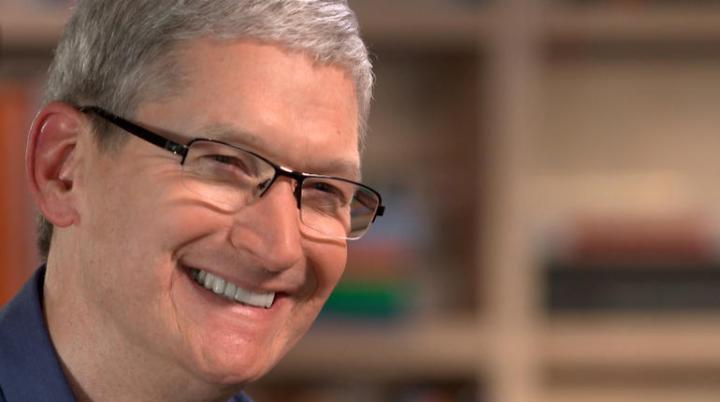
Emotient, which describes itself as “the leader in emotion detection and sentiment analysis based on facial expressions,” understands how to harness the power of its AI in regards to consumer behavior. In the past, Emotient has sold its tech to advertisers, allowing them to analyze how customers reacted to their ads. The startup claims that retailers have also used it to monitor how shoppers respond to their in-store products.
The financials behind the deal, first reported by the Wall Street Journal, remain undisclosed, as does Apple’s intentions for the AI. Breaking down the workings of the tech may help glean an understanding of where Apple could utilize it. Using vast, powerful networks of hardware and software known as deep neural networks, facial recognition AI can learn to approximate human emotions if fed enough data. For example, the AI can learn to understand when a person is happy if it has viewed enough photos of the individual.
Sound a little scary? Well, worry not; you’ve probably been exposed to it online at some stage. Facebook’s AI tech — built upon a staggering eight graphic-processing-unit (GPU) boards, each carrying dozens of GPU chips — is currently being used to identify faces in user photos, to curate its news feed, and in its upcoming digital assistant “M.”
Having recently acquired speech recognition startup VocalIQ, Apple may be seeking to bring more precise recognition features to its own personal assistant; “Siri.” Or perhaps it will use Emotient to add facial recognition to its “Photos” Mac app, in order to recognize facial features as part of the organization process.


